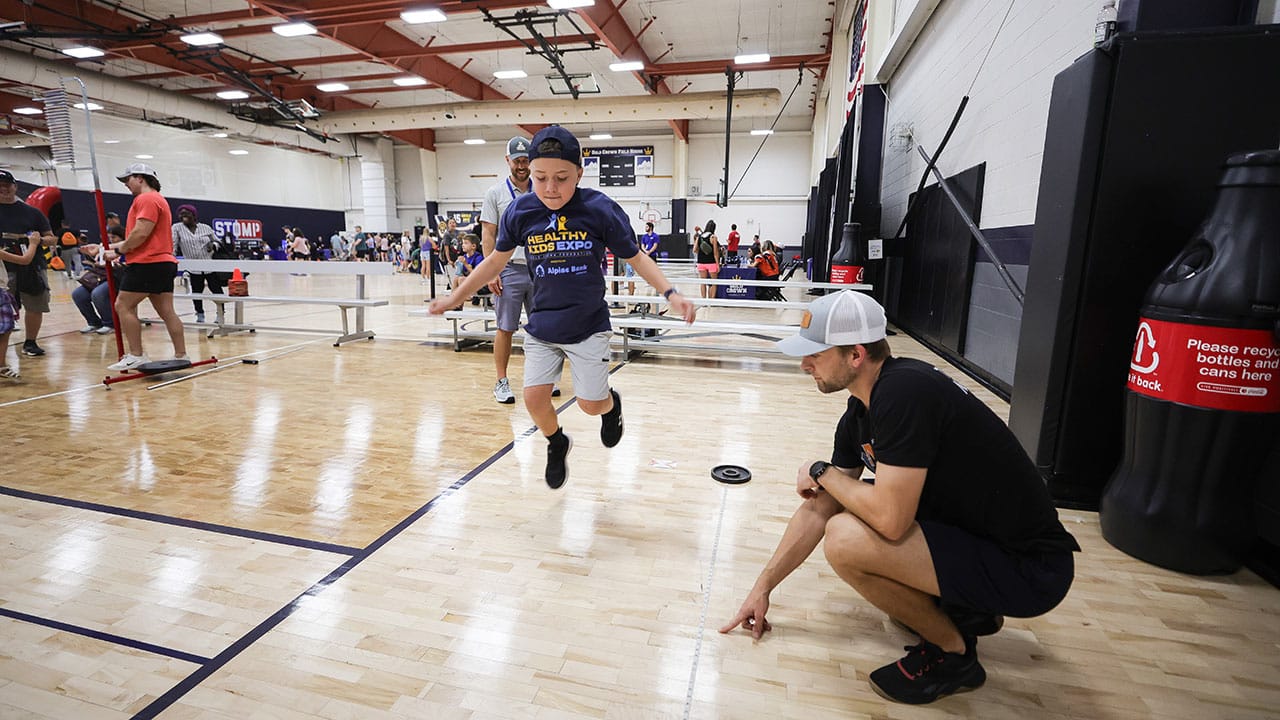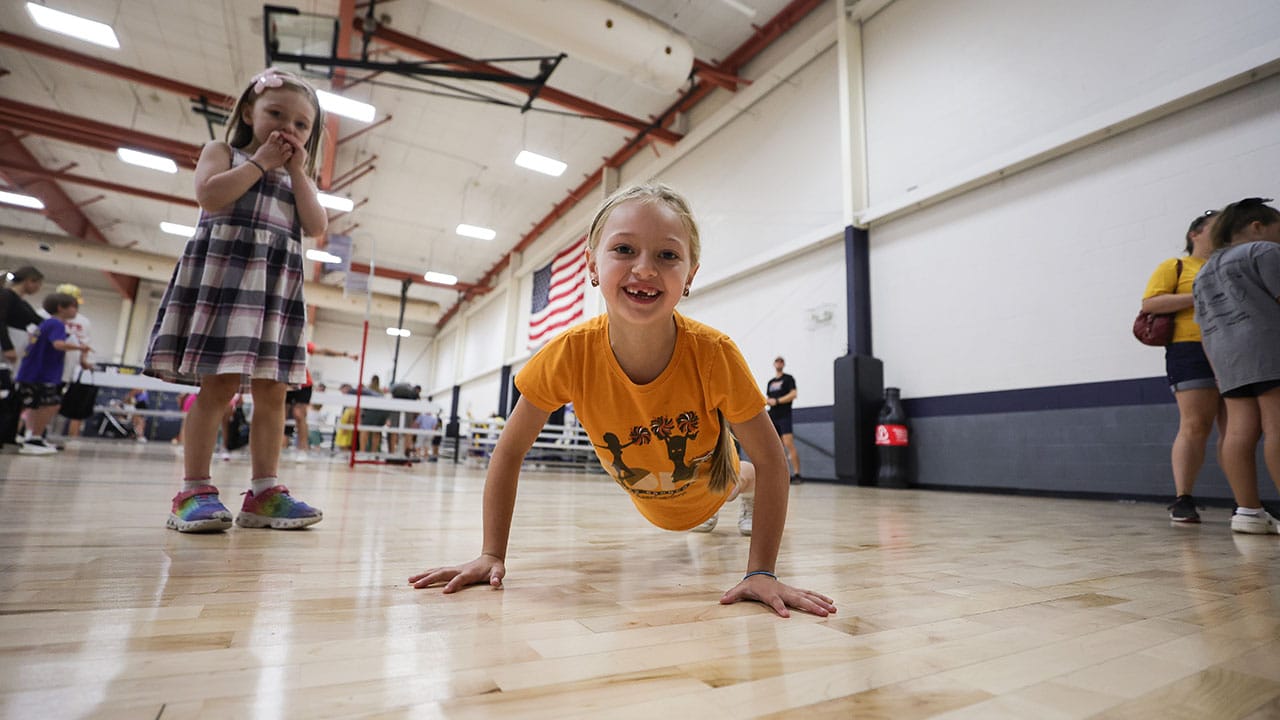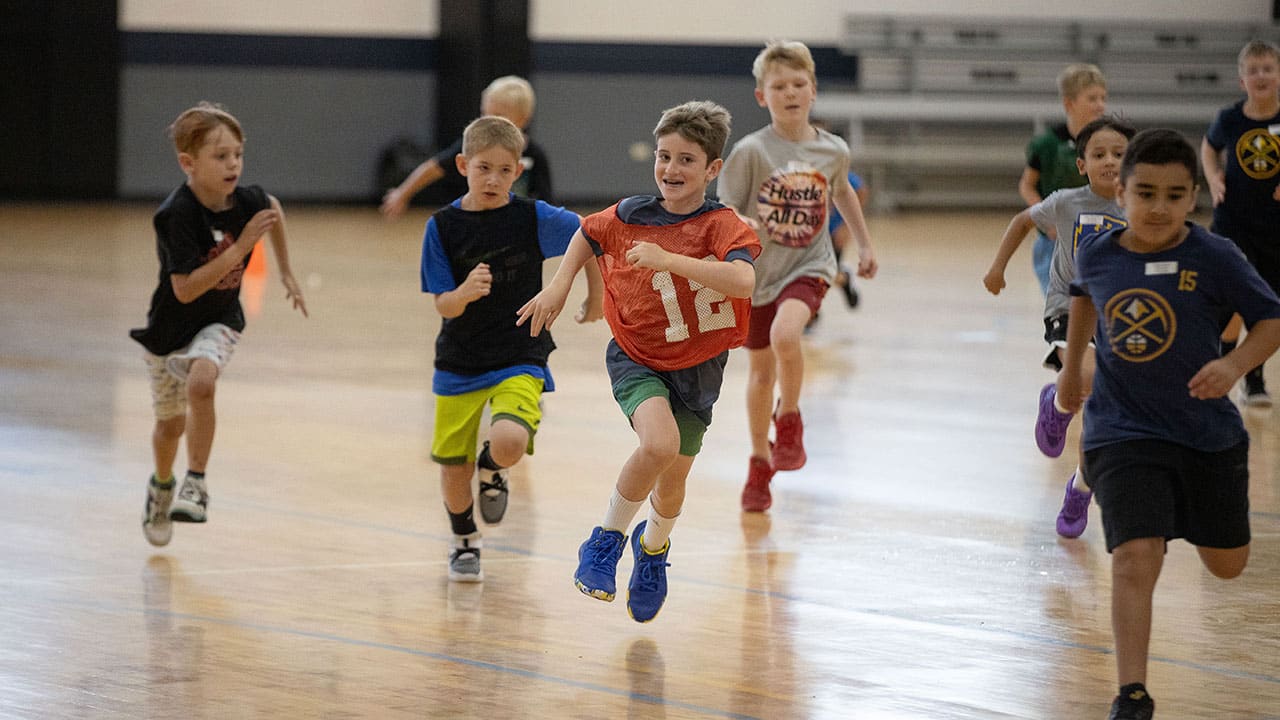Guest Blog with Next Level Sports Performance
Authored by Greg Brock, CSCS, TSAC-F, USAW Level 1 - Manager
It’s no secret that sports and physical activity promote friendly competition, the opportunity to learn new skills, and develop self-confidence. Youth athletes have a chance to compete whether win or lose, and work toward the development of physical, mental and emotional health. Early skill development is crucial to the success and health of any athlete’s career. By starting skill development early, the athlete can enhance their coordination, balance, agility, and strength. This may all sound great and all but wait! There’s more! Early skill development can also reduce the risk of injury by learning proper techniques and creating a lifelong love and interest in physical fitness and athletics.
What are some specific things my young athlete can do to improve their athleticism?
Imagine you have a pizza with three toppings. Without all the toppings combined, you are left with a bland and not very tasty pizza. The first of three toppings is balance. You may be thinking, “what does balance taste like?’” Well, let me tell you! Balance training tastes like improved coordination which can help greatly reduce injury risk. Balance also improves the athlete’s proprioception which is just a fancy word for your body’s ability to sense its position in space. This skill is crucial for agility and reaction improvements. How about we bite into our next topping, coordination. Coordination is more like the secret sauce than a topping because it brings athletic performance together and moves it from good to great! Improving coordination allows the athlete to have better control of their movements, better reflexes, and the ability to move in complex patterns more efficiently. This secret sauce is the base and foundation that all other skills build on top of. Lastly, take a bite out of agility. Agility is the yummy pineapple hidden under all the other toppings. Agility allows the athlete to change directions quickly and efficiently. It connects the brain to the body and can reduce the risk of injury if well trained.

Let’s look at a concept called Long-Term Athletic Development or LTAD for short.
LTAD has five main stages that come together to guide young athletes through different parts of physical and skill development. This is all about providing the right training at the right time.
- Active Start (0-6 years): Learning basic movements like running and jumping.
- FUNdamentals (6-9 years): Introduction to sports through games to emphasize fun and variety.
- Learn to Train (9-12 years): Begin building sport-specific skills.
- Train to Train (12-16 years): Translate prior skills into more intense training and competition.
- Train to Compete (16-23 years): High-intensity training and competition.
Long-Term Athletic Development is designed to set the athlete up for a successful and healthy life through the development of physical skills and competition. LTAD is all about ensuring athletes are given the right stage to develop their physical skills while developing a love for exercise and athletics.
Alright, now that was a lot of information all at once so let’s break it down into practical and actionable items. We are close to the end of this article but please stick with me because this is the most important part.

Here is my first challenge for you, to encourage and support your young athletes.
But how?!
- Through realistic goal setting and positive reinforcement.
- By always being present and encouraging open communication.
- By encouraging fun first and always helping them learn life skills through sport.
My second and final challenge to you is learning how to balance encouragement with pressure.
How?! Start by recognizing an athlete’s effort over performance or outcome! Set clear boundaries and expectations but remain flexible and understanding! Avoid overemphasizing sports as it pertains to the athlete’s identity or self-worth! Model positive behavior and listen actively when the athlete expresses concerns. Ultimately, show your young athlete how to handle success and failure with grace, grit, and perseverance! My final call to action is that we get our youth active early with the right mindset of personal growth rather than winning! We take our time and build resilient young athletes who have a will to win but learn from losing! As a father of two young children, my hope is that we all work together to help build healthy, more well-rounded humans through fitness and athletics.
Here are some great resources for parents and guardians to learn more about Long-Term Athletic Development and supporting our youth:
- Sport for Life
- Active for Life (Tips to help coaches teach parents about LTAD)
- TrueSport
- National Academy of Athletics


Great article!